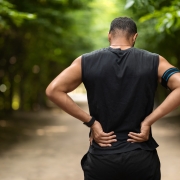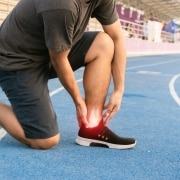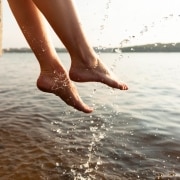How Your Gait Can Cause Back Pain
Back pain is a common health problem that can significantly impact your daily life. Although many factors can cause back pain, your gait, or the way you walk, can also contribute to it. IN fact, your back’s health depends in large part on your gait.
Understanding Gait
Gait refers to the pattern of movement when you walk or run. It involves complex interactions between muscles, bones, and joints throughout the body. A healthy gait is essential for maintaining balance and stability while walking or running. However, an abnormal gait can cause problems such as back pain.
How Your Gait Can Lead to Back Pain
An abnormal gait can contribute to back pain in several ways. Poor posture during walking can cause your spine to become misaligned, leading to stress and strain on your back muscles and joints. Orthotics in Austin, TX can help correct these issues. Your gait can also cause back pain if you have an underlying foot or leg problem. For instance, if you have flat feet, your feet may roll inward excessively (overpronation) when walking, leading to an imbalance in your hips and lower back.
Preventing Back Pain from Gait Problems
Fortunately, you can prevent back pain caused by gait problems. One of the best ways to prevent back pain is to wear the right footwear. Shoes with good arch support can help correct any abnormalities in your gait and reduce stress on your back. Working with a podiatrist can also help identify any underlying foot or leg problems that may contribute to your gait problems. The podiatrist can provide custom orthotics or recommend exercises to improve your gait and reduce the risk of back pain.
Your gait has a strong influence on your back health. By working with a podiatrist in Austin, TX and wearing proper footwear, you can improve your gait, reduce the risk of back pain, and enjoy a healthier, more active lifestyle. Contact us today to learn more.








